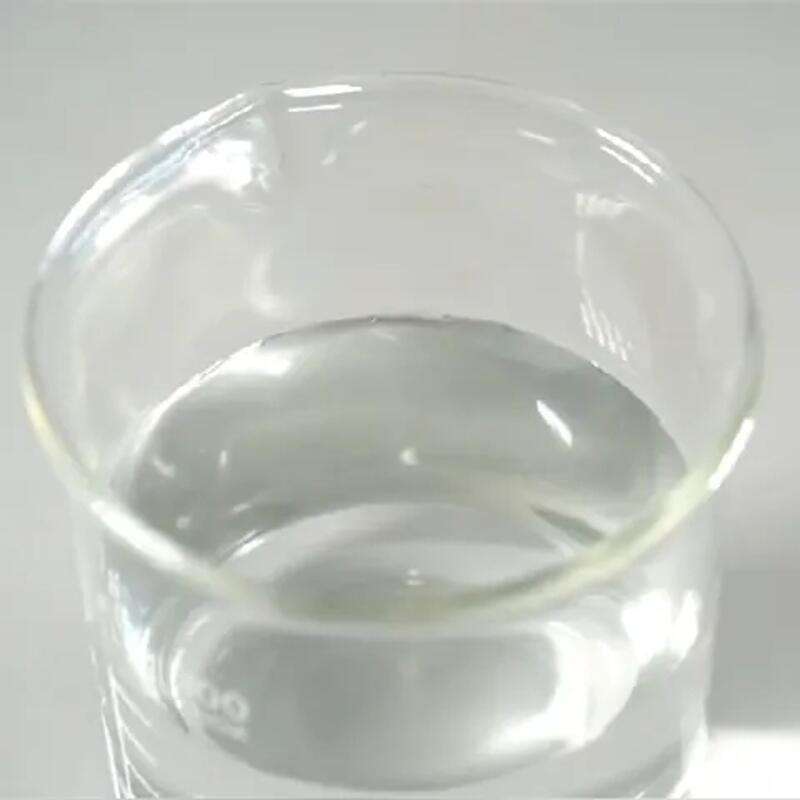-
Categories
-
Pharmaceutical Intermediates
-
Active Pharmaceutical Ingredients
-
Food Additives
- Industrial Coatings
- Agrochemicals
- Dyes and Pigments
- Surfactant
- Flavors and Fragrances
- Chemical Reagents
- Catalyst and Auxiliary
- Natural Products
- Inorganic Chemistry
-
Organic Chemistry
-
Biochemical Engineering
- Analytical Chemistry
-
Cosmetic Ingredient
- Water Treatment Chemical
-
Pharmaceutical Intermediates
Promotion
ECHEMI Mall
Wholesale
Weekly Price
Exhibition
News
-
Trade Service
Patients, male, 70 years old, 175 cm, 71kg, general status, ASAIII, heart function IIIDue to "foam urine more than 17 years, regular dialysis more than 3 years, right upper bloating pain more than 10d" hospital admissionThree years agodiagnosedas: chronic nephropathy stage 5 (uremia period);to provide integrated treatment for chronic kidney disease during hospitalization, to lower phosphorus, calcium supplementation, correct acidosis, improve low blood pressure, improve anemia and other treatmentAfter discharge from the hospital regular
hemolysisdialysis treatment, 3 times a weekMore than 10 days ago patients have no obvious trigger swollen right, for continuity, with decreased appetite, no improvement after eating, no nausea, no vomiting, no diarrhea, black stool, no stop exhaust, defecation, no fever and yellow skin dyeing, no dizziness, headachePast history: "brain infarction" medical history of 15 years, no sequelae, "
hypertension" medical history of 3 years, after taking antihypertensive drugs blood pressure control at about 140/90mmHgthere are no abnormalities in the preoperative electrocardiogram ofHeart color overdisplay: left heart, right room expansion; left chamber wall thickening; aortic valve reflux (mild); second-tip valve reflux (moderate); tri-tip valve reflux (moderate); pulmonary hypertension; left chamber diastofunction function reducedBlood score: 56% Laboratory tests: RBC3.12 x 1012/L, Hb70g/L, parathyroid hormone (PTH) 1082pg/ml, K-4.21mmol/L, Ca2-2.16mmol/L, Inorganic Phosphorus 1.47mmol/L BP 173/80mmHg, HR70 times/min, SpO2 98%, ECG no obvious anomalies patients without any discomfort, anesthesia induced before the nasal catheter oxygen absorption, given Ondansjong 8mg, Dizosin 2mg, propofol 60mg slow static push induction, induced bp140/75mmHg, HR72 times / score, SpO2 98% Mirror smooth, no cough, body movement and other reactions, after entering the mirror about 3minHR suddenly slowed down to 35 times / minute, electrocardiogram PR period extension, ST segment elevation, SpO2 waveform change, SpO2 96%, at this time no invasive blood pressure values are not measured Immediately inform the surgical staff to stop the operation To atropine 1mg static push, dopamine 2mg static push, HR, BP did not see a significant improvement The epinephrine was pushed by 10 to 50 sg, and the patient HR rose to 120 times/point, BP130/67mmHg Urgent lysis of arterial blood gas analysis: Ca2 s 1.01mmol/L, K-4.0mmol/L, immediately slowly push calcium gluconate 1g After 5min HR slows down to 70 times/min, BP145/80mmHg, SpO2 98% After the patient is sober, self-confessed without any discomfort, vital signs are stable, returned to the ward discussion secondary parathyroid dysfunction (SHPT) is a common complication in patients with chronic renal failure (CRF), characterized by hyperPTH emisdisorder, parathyroid hyperplasia and calcium phosphate metabolism disorders Calcium and phosphorus metabolic disorders or high PTH can cause heart fertility, myocardial fibrosis, cardiology vascular calcification, hypertension , anesthesia can lead to serious complications such as arrhythmia, myocardial ischemia, myocardial infarction , heart insufficiency and sudden death Studies have found that high PTH and calcium phosphorus metabolic disorders significantly increased the risk of sudden death in patients, PTH 471 pg/ml significantly increased the risk of cardiovascular accident patients CRF secondary SHPT, although the condition is stable or conscious symptoms are not obvious, but from the heart color super results can be seen, long-term high PTH and calcium phosphorus metabolic disorders have caused irreversible damage to the structure and function of the heart muscle, the heart function load value is extremely poor, the implementation of anesthesia and surgery are a challenge, and the blood gas analysis shows that the blood calcium is low, which is common in patients with severe kidney disease or absorption disorders Secondly, most of these patients are physically weak, often combined with hypoproteinemia, drug resistance is very poor, prone to drug overdose At the same time, the patient is already old age state, important organ reserve function is poor, the use of narcotic drugs after sympathetic nerve suppression, very easy to appear low blood pressure, HR slowdown, and even cardiac arrest in this case in the case of HR slowing and BP reduction, timely use of vascular active drugs, stop endoscopy operation, active treatment, maintain breathing and circulation stability, to prevent further deterioration of the situation Painless gastros copy as a diagnosis digestive system diseases are becoming more and more common, because of its short examination time, relatively small trauma, is a low-risk surgery, prone to incomplete preoperative examination, inadequate preparation and other phenomena the successful experience of this case rescue and the lessons to be learned are: (1) prevention ." Preoperative assessment of such patients should be detailed medical history, improve preoperative examination, improve internal environmental imbalance, to improve patients' tolerance of anesthesia surgery (2) Develop individualized treatment plan Reasonable choice of liver and kidney smaller anaesthetic drugs, appropriate blood volume, it is best to induce the front throat full surface anesthesia, reduce the amount of anesthesia (3) Collaborative communication Special patients before surgery and endoscopy doctor full communication, pay attention to the gentleness of the incoming environment and the amount of steam injection, as far as possible to shorten the examination time (4) close monitoring and timely handling during surgery Closely monitor the respiratory circulation of patients, real-time monitoring of blood gas indicators, especially blood potassium, calcium and phosphorus levels, according to the actual situation to deal with timely Surgery has a size, anaesthetic no size Endoscopic anesthesia requires anesthesiologists to deal with a variety of emergencies of the "time limit" is very strong in short, for special patients such as renal failure combined with SHPT, painless endoscopic diagnosis and treatment , preoperative should be fully evaluated, the development of personalized anesthesia program, intensive monitoring of management , strengthen communication with endoscopy physicians to promote painless comfort medical benefits to more patients







